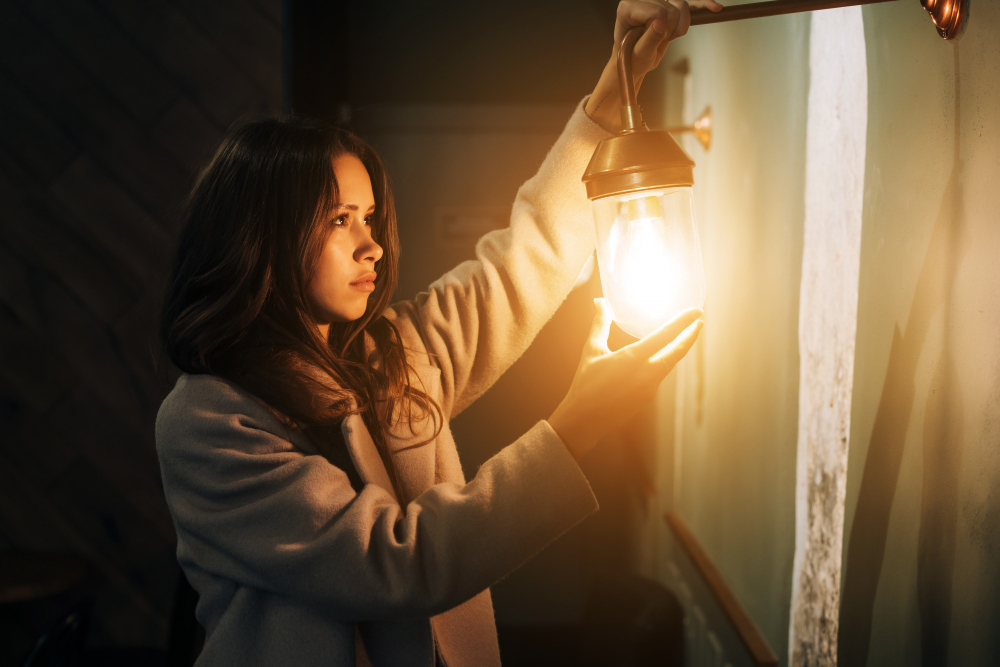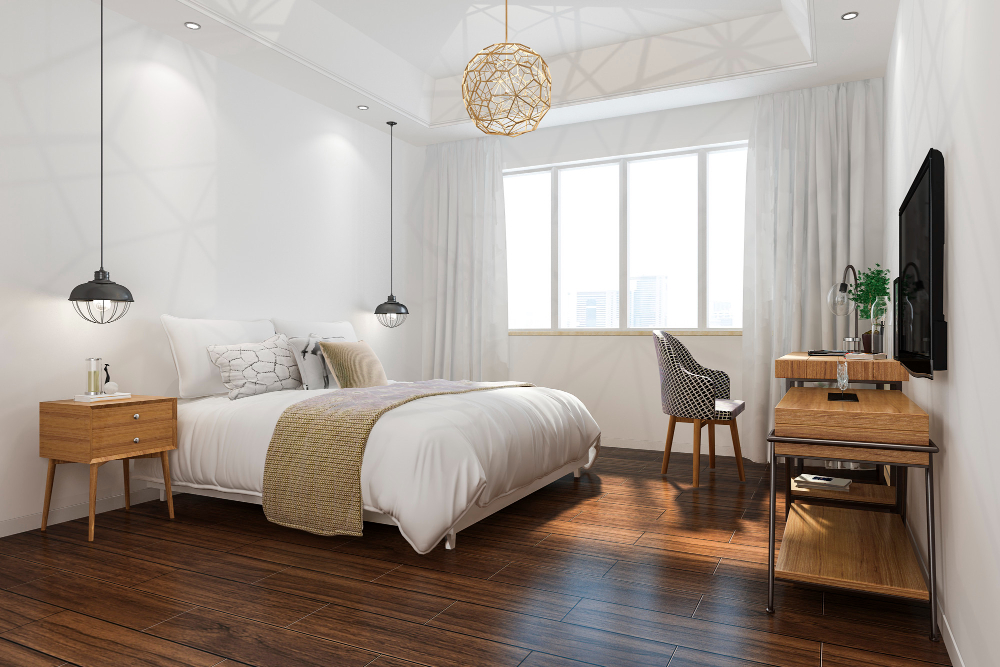How to Choose Lighting For Your Home

One of the most important factors in creating a comfortable and stylish home is how to choose lighting for your home. The type of light you choose will not only affect how it looks but also the way that it feels to be inside your home. This guide will take you through everything you need to know about choosing lights for your home.
Find the Perfect Lighting at Home
Know What You Need
The first step to choosing a light for your home is knowing what you need. You’re likely aware that there are many different types of bulbs, but it’s important to know which type will suit your needs best. Some bulbs need to be replaced often while others last much longer. The size of the bulb is also important; if you want bright light in a small room, a small bulb won’t do the trick.
When thinking about style, consider how you want your space to look. Do you want something sleek and modern? Or would a rustic design be more appealing? If considering traditional lights, consider how they will affect other décor items in the room as well as their overall effect on mood when turned on or off.
Decide on color preferences: does blue make me feel calm? Or energized? Is red romantic? Consider all these factors when making decisions about what kind of lighting fixtures work best for each area of your home.
Put Your Favorite Piece First
The first piece in the room sets the tone for your design; it’s important that you use this opportunity to put your favorite piece of furniture or art first. This piece should be large enough to make an impact and small enough not to overwhelm the rest of the room. It also needs a good focal point, so think about where you’ll want people to focus when they’re in your house.
If you want guests’ eyes drawn straight to one particular area of your living room, place a tall lamp on either side of a coffee table and add some plants around it on shelves or end tables. Or hang artwork above an open fireplace mantel—this is another great spot that can easily draw attention because there aren’t many other items competing with each other for attention nearby!

Select a Scale That Fits the Space
When selecting a lamp, it is important to consider the scale of the room. If your living room is a small space, you should choose a lamp that is on the smaller side to avoid overwhelming it. A chandelier would be too large for this area and would make it seem even smaller than it already is. On the other hand, if you have a large living room with high ceilings and lots of open space, then you may want to go with something like an oversized floor lamp or perhaps even two lamps in different areas of the room – one on either side of your sofa! The goal is not just to make sure they look good together but also so they don’t compete with each other aesthetically speaking because this could potentially distract from all those hard work hours spent decorating (and getting everything just right).
The point here isn’t necessarily about finding the perfect balance between two different styles but rather about making sure whatever styles are being used are appropriate for their surroundings as well as what type of person lives there (or rents out).
Consider Ceiling Height
Decorative lighting can be very attractive, but you must consider the ceiling height. Most fixtures should not be more than 8 feet off the ground. The bottom of any chandelier or pendant should not be more than 5 feet off the floor. Fixtures with shades, such as sconces or wall sconces, should not be higher than 3 feet above the highest point on your wall (measure from the top of the fixture to the top of the shade). Any lampshades used in combination with wall sconces should also not extend more than 3 feet above the fixture’s highest point (measured from the base of the fixture).
Fixtures with shades that are flush with a wall do not need to adhere as closely as those mounted on ceilings; however, it’s still best practice to keep them at least 2 feet above any nearby furniture pieces like tables and chairs so nobody bumps their head into one while sitting down for dinner.

For Living Rooms and Dining Rooms, Size the Chandelier for the Room
If you want to light up a large room, choose a chandelier that’s big enough to do the job. If you don’t want to be able to see the wiring or support structure of your light fixture, that’s probably too small. Similarly, if you have an enormous room—or one with high ceilings—your chandelier should also be appropriately sized. If it’s too small and has no way of hanging down low enough, it’ll look like it’s floating in midair.
If your dining room is relatively small but has high ceilings (think: vaulted), consider putting in multiple pairs of pendant lights instead of just one large hanging fixture. This way they’ll hang at different heights and provide more coverage over the table area as well as under each seat at which people will be sitting when they dine there regularly (and potentially even more coverage if someone happens in from time to time).
Put Table Lamps on Dimmer Switches
While the main light source is the most important, you can also add some extra mood lighting by using table lamps. These smaller lamps are great for highlighting a piece of art, a vase filled with flowers, or other decorations.
It’s important to note that table lamps will cast shadows on your walls and ceiling if they are not placed well. A good way to avoid this is by placing them about eight inches away from the wall or surface that needs to be lit up. This will create a more even spread of light around the room without causing any unwanted shadowing effects on those surfaces above or below it (including you!).
Make Sure There’s Enough Light in the Kitchen
When it comes to kitchen lighting, you should make sure that there’s enough light in the room. It should be bright and well-lit, but also well-positioned. In addition, the kitchen lighting should be designed to protect from damages like moisture or dust buildup.
To ensure that your kitchen meets these criteria, it’s crucial that you take time when researching all of your options for lighting solutions.
Choose lighting that complements your furniture and decor style!
When it comes to home decorating, the saying “a picture is worth a thousand words” is certainly true. The same can be said for lighting. Choosing the right style and color of lighting for your home can make a design statement that will improve the overall look of your room and help create an atmosphere that enhances your decorating style.
Lighting ideas are everywhere! You don’t have to spend thousands on custom-made chandeliers or recessed lighting; there are plenty of options available at local hardware stores or online retailers that offer classic styles at surprisingly low prices.
Tips on How to Choose Lighting For Your Home
The bottom line is that there are lots of lighting options to choose from and you should be able to find the right one for your needs. It’s important to consider size, shape, and color when choosing your lights so they fit well in their surroundings. If possible, take measurements before making any purchases so they can be installed properly.




